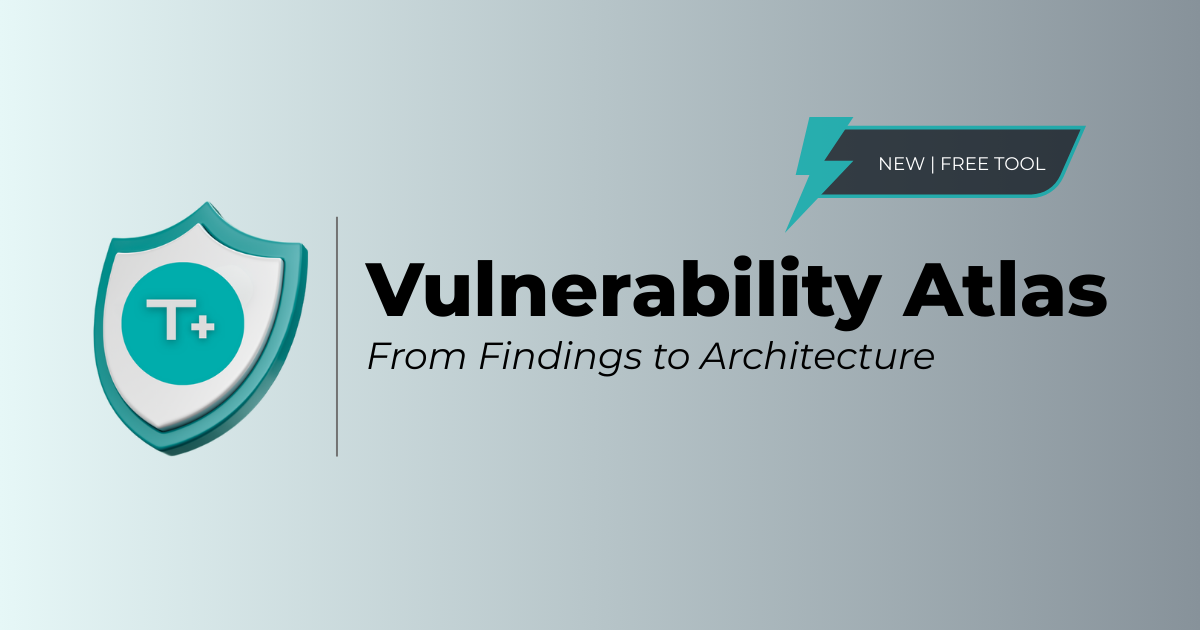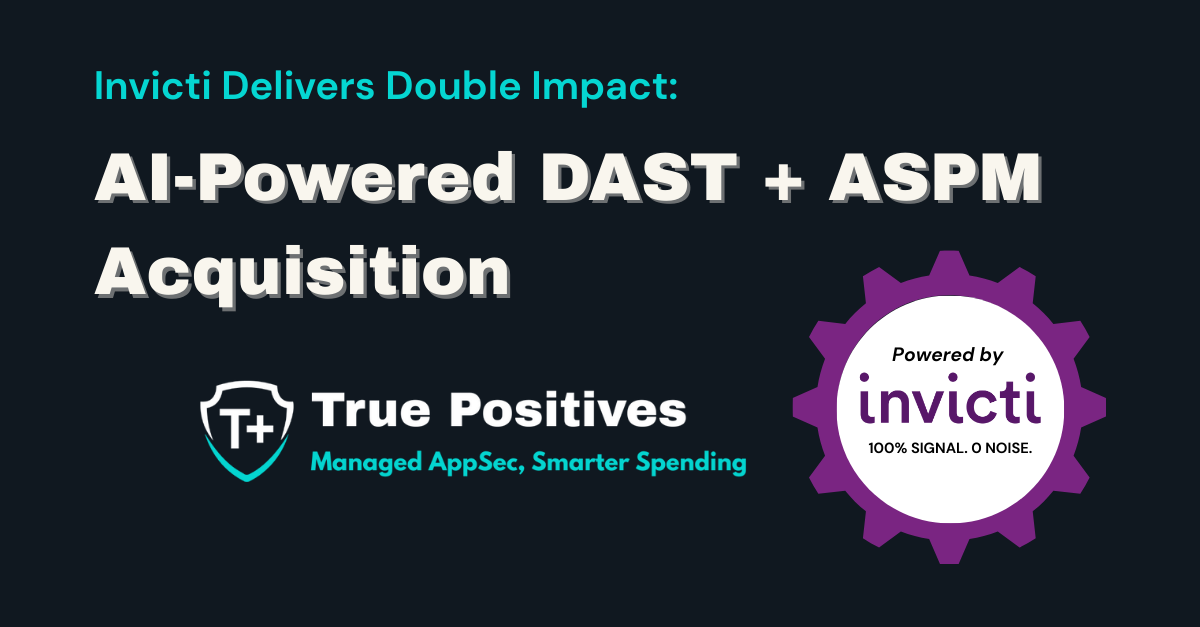Business Continuity Plan vs. Disaster Recovery Plan: A Comprehensive Guide
In the world of business, preparedness is key to mitigating risks and ensuring long-term success. Two critical components of this preparedness are the Business Continuity Plan (BCP) and the Disaster Recovery Plan (DRP).
While these terms are often used interchangeably, they refer to distinct strategies with specific purposes. Understanding the differences between them can significantly enhance your organization's resilience. This guide delves into the nuances of BCP and DRP, their importance, and how to effectively implement them.
What is a Business Continuity Plan (BCP)?
A Business Continuity Plan (BCP) is a proactive plan designed to ensure that an organization can continue operating during and after a disruption. This plan encompasses all aspects of the business, including processes, assets, human resources, and business partners. The primary goal is to minimize the impact of interruptions on business operations.
Components of a Business Continuity Plan
Risk Assessment and Business Impact Analysis (BIA)
- Risk Assessment: Identifies potential threats to the organization, such as natural disasters, cyber-attacks, or pandemics.
- Business Impact Analysis: Assesses the potential effects of these threats on critical business functions.
Recovery Strategies
- Operational Continuity: Strategies to maintain essential functions.
- Resource Allocation: Identifying and allocating necessary resources to ensure continuity.
Plan Development
- Policies and Procedures: Establishing detailed protocols for various scenarios.
- Communication Plans: Ensuring effective communication within the organization and with external stakeholders.
Training and Testing
- Training Programs: Educating employees about the BCP.
- Testing and Drills: Regularly testing the plan to identify and rectify weaknesses.
Importance of a Business Continuity Plan
Having a BCP is crucial for maintaining customer trust, protecting the organization's reputation, and ensuring legal and regulatory compliance. It also helps in minimizing financial losses and ensures a quicker return to normal operations after a disruption.
What is a Disaster Recovery Plan (DRP)?
A Disaster Recovery Plan (DRP) is a reactive plan that focuses on the recovery of IT infrastructure and systems following a disaster. The primary objective is to restore data access and IT functionality to support business operations. DRP is a subset of BCP, specifically targeting IT recovery.
Components of a Disaster Recovery Plan
Risk Assessment and Impact Analysis
- Identifying potential IT-related threats and their impact on business operations.
Recovery Objectives
- Recovery Time Objective (RTO): The maximum acceptable amount of time to restore a function.
- Recovery Point Objective (RPO): The maximum acceptable amount of data loss measured in time.
Plan Development
- Detailed Procedures: Step-by-step instructions for recovering systems and data.
- Roles and Responsibilities: Clear assignment of recovery tasks to specific team members.
Testing and Maintenance
- Regular Testing: Conducting tests to ensure the DRP's effectiveness.
- Plan Updates: Continuously updating the plan based on test results and changes in the IT environment.
Importance of a Disaster Recovery Plan
A DRP is essential for minimizing downtime and data loss, which can have significant financial and reputational impacts. It ensures business operations can resume swiftly and with minimal disruption, safeguarding against catastrophic losses.
Business Continuity Plan vs. Disaster Recovery Plan
Understanding the distinction between a Business Continuity Plan (BCP) and a Disaster Recovery Plan (DRP) is crucial for organizational resilience. While both are essential for mitigating the impacts of disruptions, they serve different purposes and encompass varying scopes.
Scope
- BCP: Encompasses the entire organization, including all business functions and processes.
- DRP: Focuses specifically on IT infrastructure and data recovery.
Objectives
- BCP: Ensures continuity of all business operations during and after a disruption.
- DRP: Aims to restore IT systems and data to support business functions.
Approach
- BCP: Proactive, emphasizing preparedness and operational continuity.
- DRP: Reactive, concentrating on recovery after a disaster.
Components
- BCP: Risk assessment, business impact analysis, recovery strategies, plan development, training, and testing.
- DRP: Risk assessment, impact analysis, recovery objectives, recovery strategies, plan development, testing, and maintenance.
Importance
- BCP: Vital for overall organizational resilience, customer trust, and regulatory compliance.
- DRP: Crucial for minimizing IT downtime and data loss, supporting the overall BCP.
How Business Continuity Plan and Disaster Recovery Plan Work Together
While BCP and DRP have distinct focuses, they are interdependent. A robust BCP integrates a DRP to ensure comprehensive preparedness. Here’s how they complement each other:
Integrated Planning
- BCP Framework: The BCP provides the overall framework within which the DRP operates. It ensures that IT recovery aligns with broader business continuity goals.
- DRP Specifics: The DRP offers detailed procedures for IT recovery, which feed into the BCP's broader strategies.
Seamless Communication
- Coordination: Effective communication plans within the BCP ensure that all departments, including IT, are aware of their roles during a disruption.
- Information Flow: The DRP ensures that vital IT information flows seamlessly, supporting the BCP’s communication strategy.
Continuous Improvement
- Regular Testing: Both plans involve regular testing, which helps in identifying gaps and improving overall preparedness.
- Feedback Loop: Lessons learned from DRP tests feed into the BCP, ensuring continuous improvement.
Implementing BCP and DRP: Best Practices
Establish Clear Objectives
Define clear objectives for both plans. Understand what your organization needs to achieve during and after a disruption. Set measurable goals such as acceptable downtime and data loss limits. Ensure these objectives align with your overall business strategy and risk management policies to maintain coherence and direction.
Conduct Thorough Risk Assessments
Identify potential threats and assess their impact on your organization. Use this information to prioritize risks and develop appropriate mitigation strategies. Regularly update the risk assessment to reflect new threats and changes in the business environment, ensuring that your plans remain relevant and effective.
Develop Comprehensive Plans
Create detailed, actionable plans for both BCP and DRP. Ensure that these plans are realistic, practical, and tailored to your organization's specific needs. Include clear step-by-step procedures and contingency measures to address various scenarios, enhancing the robustness and flexibility of your plans.
Assign Roles and Responsibilities
Clearly define roles and responsibilities within each plan. Ensure that all team members understand their tasks and are prepared to execute them when needed. Establish a chain of command and decision-making process to facilitate swift and coordinated actions during a disruption.
Invest in Training and Awareness
Regularly train employees on both BCP and DRP. Conduct awareness programs to ensure everyone understands the importance of these plans and their role in them. Implement scenario-based training and simulations to prepare staff for real-life situations and improve their response capabilities.
Test and Update Regularly
Regularly test both plans to identify and address weaknesses. Update the plans based on test results and any changes in the organizational or IT environment. Incorporate lessons learned from tests and actual incidents to continuously improve the effectiveness and reliability of your plans.
Leverage Technology
Utilize technology to enhance your BCP and DRP. Invest in reliable data backup solutions, automated recovery tools, and communication platforms to ensure seamless implementation. Explore emerging technologies such as cloud computing and AI-driven analytics to further strengthen your resilience and recovery capabilities.
Engage External Experts
Consider engaging external security experts for advice and support. Consultants can provide valuable insights and help develop robust plans tailored to your organization's needs. Collaborate with industry peers and participate in professional networks to stay updated on best practices and evolving threats.
Disaster Recovery Plan and Business Continuity Plan Importance: Real World Examples
Case Study: Maersk Ransomware Attack
In 2017, the shipping giant Maersk fell victim to the NotPetya ransomware attack, which severely disrupted its IT infrastructure. This incident highlighted the critical importance of a robust DRP. Maersk's ability to recover quickly was due to having well-defined disaster recovery procedures, including backups and a clear recovery strategy. The company restored operations within ten days, but the incident underscored the need for continuous improvement in cybersecurity defenses and recovery plans.
Maersk's Business Continuity Plan played a crucial role in ensuring that essential business operations could continue despite the IT disruptions, by having pre-established procedures for operational continuity.
Case Study: WannaCry Ransomware Attack
The WannaCry ransomware attack in 2017 affected numerous organizations worldwide, encrypting data and demanding ransom payments. Many businesses with effective DRPs, including up-to-date backups and rapid incident response protocols, were able to restore their systems without paying the ransom. This attack highlighted the need for proactive cybersecurity measures and a well-prepared DRP to mitigate the impact of widespread cyber threats.
For those businesses, their BCP ensured that while IT teams worked on system recovery, other critical business functions were able to continue operating, minimizing the overall disruption and impact on the organization.
Business Continuity Plan vs. Disaster Recovery Plan Final Thoughts
In today's volatile business environment, having a robust Business Continuity Plan and Disaster Recovery Plan is essential. While the BCP ensures the overall continuity of business operations, the DRP focuses specifically on recovering IT systems and data.
Together, they provide a comprehensive strategy for mitigating risks and ensuring long-term organizational resilience. By understanding their differences and how they work together, you can develop and implement effective plans that protects your business against any disruption.
.png)
True Positives
ABOUT T+: True Positives is an application security MSSP and VAR powered exclusively by Invicti's DAST platform. The firm delivers vulnerability scanning services that can be augmented with manual penetration testing for critical web assets. Through strategic partnership with Invicti, True Positives serves growing organizations via two pathways: managed application security services for those seeking outsourced operations, and direct platform licensing for those prepared to operate internally. For more information, visit https://true-positives.com.



